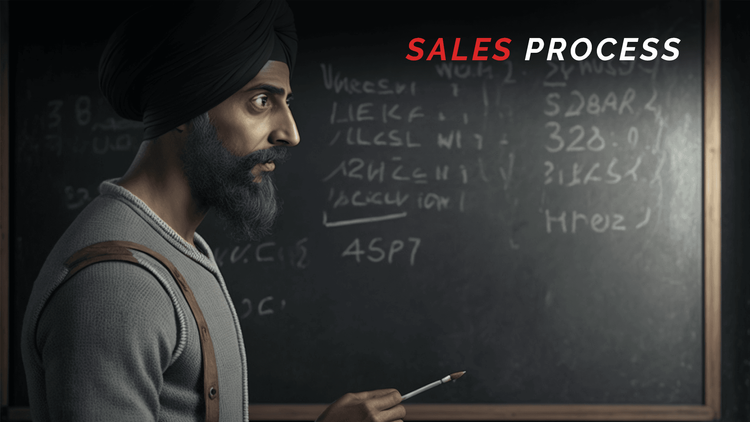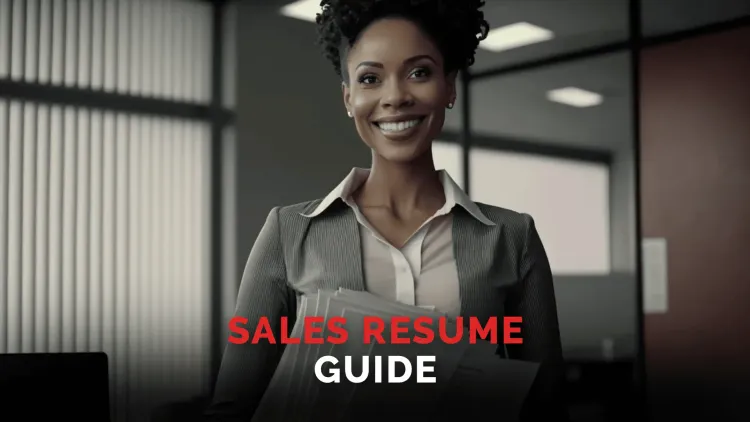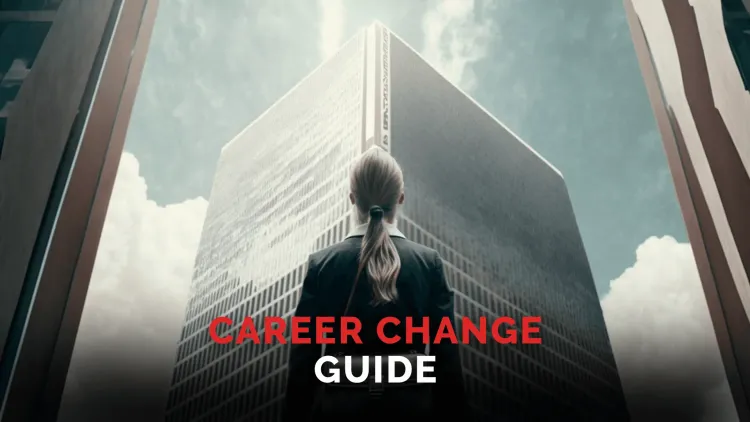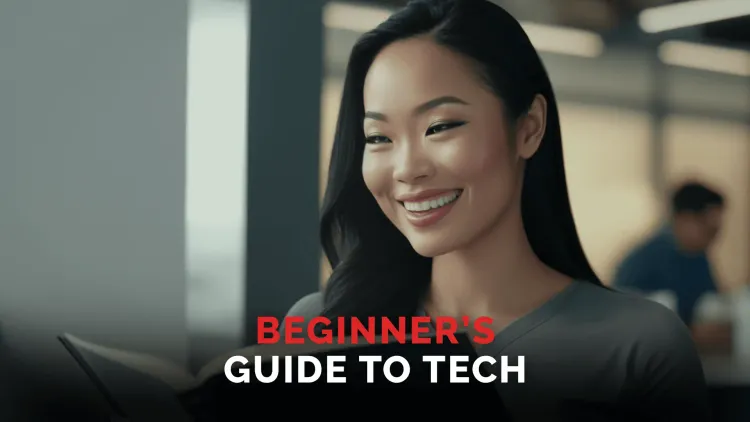Sales Process
A free online course to help you get control of your sales process - from start to finish!

Aug 23, 2022
What makes a great sales process?
Sales process can be a dry subject, but we did our best ;)
Building on our Foundations course, this lesson breaks down what a sales process looks like and the steps involved from first contact to closed sale. We already know the buyer’s journey is changing, so this isn’t your grandmother’s one-way, my-way approach. You’ll learn how to align your process with your product and keep up with your buyers every inch of the way.
Course Modules
Example Module: Sales Process Fundamentals
Interview Transcript:
Kelly Winter:Hi, I'm Kelly fromKiite, and I'm here with Mike Griebenow, the Director of Revenue Operations atBlendtek Ingredients. Mike, do you want to tell us a little bit about yourself?
Mike Griebenow: Yeah. I've been in the Revenue Operations space, which is kind of the new name for a combined Sales and Marketing Operations role, and I've been doing that for about ten years, helping organizations optimize the speed of getting leads from entry into the database through to closed revenue.
Kelly Winter:Perfect! We're here to talk aboutKiiteacademycourse on the sales process, and we're going to cover some fundamentals in this first module. So for some people, they'll be setting up a sales process for the first time. For some, they're going to be revising an existing process. What are some key differences in how you would tackle this for the first time versus if you're looking to refine something you already have?
Mike Griebenow: When doing things for the first time, you definitely want to focus on really the things that are key to your business, not necessarily the minutia of every action that happens within the organization. Just focus on capturing and putting some controls around the big things like real stages, handoffs between teams, those kinds of things so that you have a clear understanding of what's happening in your day-to-day operations. If you're revising, definitely build in chances to revert to a previous process if a new process isn't working. Don't make it so mission-critical that you can't back step.
Kelly Winter:So we talk about a sales process, but quite often, the sales process touches on other departments in the organization. So marketing might have a role in terms of lead gen, customer success will have a role in the outputs from the sales process as they're managing the customers going forward. Can you talk a little bit about how to involve other stakeholders in building a sales process? And what role they should play?
Mike Griebenow: I'd definitely start with interviewing each one individually first so that you get a good understanding of what that person sees their role in the organization is and what the things are that they think they can and can't control.
And then, after you've done that, bring everyone in the room together, and kind of have the same conversation so that you are aware of any differences between how people perceive themselves and how other teams perceive them in their roles.
Because you can find some pretty big differences, so that's a really important and from a really important piece of information to have is does everyone see each other's roles, the same way. And then finally, agreement on what the shared process should look like.
Does what, say, me as a marketer have as an output look like what you're expecting as a salesperson getting us input so that you can build your process around a little bit of controls of, have those bare minimums been met, is there a clear understanding of what rejection and acceptance look like so that everyone knows what to expect when they receive or hand off something.
Kelly Winter:And what's your order of operations when it comes to implementing systems to support your process? So I feel like sometimes people do it a little bit backwards, they buy a tool, and they create a process to fit that tool. What are your thoughts on that?
Mike Griebenow: Definitely, the first thing is ask why is this tool being considered. Like is the problem that it solves actually a problem your organization feels. Sometimes, you know the pain someone feels grossly exaggerates the issue that is trying to be solved.
So you know they may feel like they hit it 100 times a day when in reality it's once or twice. But it's the only pain they're feeling. So it feels like the onlything keeping them from being successful. So that is one of the first steps. Then you should go out and collect a list of vendors, everyone, who potentially solves the same problem, what are the benefits and drawbacks of each of those tools, and then compare that to how each of those tools would fit in your existing ecosystem.
If there's not a kind of a perfect fit, how can you modify what's happening and blend it into your system because you don't want to make a whole new workflow. You want to try and keep things as seamless for your users as possible because you know anything new is a distraction they may be focused on that forget what they've been doing every day already or also be so focused on their existing KPIs and normal workflow that they ignore the new shiny thing that you're trying to implement as well. So you need to find a way to mesh it in as seamlessly as possible.
Kelly Winter:So when we talk about the sales process, we're talking about more than the system. But quite often, that's a really big piece of it, and a large chunk of the sales process iswhat happens in the CRM around opportunities and pipeline.So I've seen a wide variety of setups for managing pipeline is there, an optimal number of steps and stages to move something through that first touch into closed business and hand it off to customer success.
Mike Griebenow: Kind of just thinking back to what are the things that are key to your business. So like discovery is a big one, usually something like a price or quote, the action is something that's really important. It's really easy to over-engineer your stages.
So like thinking about optimal, I can't say five or seven something along those lines, but how many key actions are there in your process. If you start adding too many, that's easily visible if you start looking at the stage history of your opportunities or things being skipped. It is a good signal that that stage isn't required. Or are things becoming roadblocks does, completing the stage puts such a stop on your opportunity, and things spend so much time in that stage that you're kind of potentially losing a view of what activity is happening.
Maybe an extra stage is required there. So that's an analysis you need to do for your organization on an individual level, but, really ideally, as few steps as possible because every extra stage change is more data entry that might not actually happen. So keep it as minimal as possible.
Kelly Winter:Are there any best practices around the entrance and exit criteria for stages? So the main reason we have stages is to measure ideal velocity and measure how things are moving through the pipeline, and if those entrance and exit criteria aren't clear, then sometimes things end up being parked in a stage longer than they should be. Do you have any criteria or some suggestions on how to know when something needs to move beyond the stage that it's in?
Mike Griebenow: Well, it's really just an agreement with your entire team on what that stage looks like. I mean, if someone's ready to buy now, maybe you don't need to do as much qualification.
The argument could be made that if you're not doing the proper qualification, then there's a higher churn risk later. But really, at the end of the day, if the customer says, take my money, I want your product, are you going to force them through that entire process. Like someone who you're trying to convince to purchase, maybe not the same, but having a clear understanding of what each of those stages looks like, will make it easier to understand why things should be handed off.
So think of you know if you're having a BDR role, that's there, and their job is to schedule a meeting, they should schedule a meeting and have minimum criteria.
For example, for why that meeting would be accepted by a sales rep. They have a clear understanding of whether or not this lead is going to be accepted because they filled out the requirements that the sales reps have previously accepted.
And if they have an opportunity rejected, they should already know that it's going to be rejected because they missed one of five criteria, for example, that are considered, required every single time. So there shouldn't be any confusion about what's about to happen based on handoffs because both sides should know what's expected of them.
Same with AEs, you shouldn't be rejecting things that meet what you previously agreed upon criteria because then you're going to have a lot less trust with your reps. You know I can't reject this unless this is met takes all the ambiguity out of the lead evaluation. If I have a lead that meets all my criteria and then I reject it, it's because I'm marking at a closed loss, not because I'm telling someone it's not a good lead.
Kelly Winter:So kind of on that note, it sounds like data becomes really important. When you're setting up your process for the first time, a lot of the decisions you make will be based on maybe previous experience and a series of hypotheses. But once you start collecting data as you move people through your sales process, it might be time to revisit your process or refine it. So what are the data points that somebody should look at when they're trying to determine if their process needs to be revised or streamlined, or changed?
Mike Griebenow: The minimum would be you know, as you mentioned, stage durations that would be criteria, a number of touchpoints, the timing of the touchpoints, are things that should be kept in mind and what you then start having some clustering around, what goes into a lost opportunity and one opportunity, what are the things you can start off call out ahead of time to get an early warning system like if the same competitor, for example, keeps showing up, you can flag that early and get extra resources towards those.
Whereas if someone has you know a specific need out of five potential needs that your solution solves, then you know that one's more likely to be won, and you might not have to devote as many resources to closing that deal and focus on the ones that are potentially harder wins.
These differ by business, but keeping an eye on those and changes in those will help you better understand your funnel if all of a sudden, your close rate on what was normally a well-qualified opportunity starts dropping. Something's changed about the market, and you need to figure out what that is, so you can modify your model.
What a lot of people will do is they'll set some standards and think those are the standards and run with those for years and years. But the problem with that is once you measure something that changes your behavior, and then the change in your behavior changes the thing that you're measuring. So like you have to continually be updating that to stay relevant.
So a perfect example of that is lead score does visit to this product page, always mean that you're a better-qualified lead. Well, that sometimes changes people's behavior, driving more people to that page. And then the quality of that page view changes. So those are things you should continually be revisiting to see how does that affecting quality.
Kelly Winter:So sometimes a sales process can be a little bit binary, it's on, or it's off. So quite often, especially when a business is scaling, we see as the team grows they go from a rather informal process to something a lot more structured. Do you think there's a danger to over-engineering your process and trying to do too much too fast? And what are some of those dangers?
Mike Griebenow: Doing over-engineering is really easy to do. Like I have been known to put too many validation rules in place because I've been told this is absolutely required. And then suddenly you get fake data being entered to get around validation rules, things like that.
You can be very much too strict on what you'reputting in place in a sales process. The other thing, too, is a lot of the time, especially when you're setting it up for the first time. You don't have the data to back up the assumptions that you're building your process around.
So it's really risky to have a really complex sales process right out of the gate because maybe what you're putting in place is actually super detrimental. You should have a relatively loose requirement for what's being entered so that you're getting a good measurement of what's actually happening.
And then, as you see, some clustering around this action that is happening is generating better interest start making everyone do the same types of things and continue measuring from there. But right off the bat, just using your gut can be as dangerous or more dangerous than doing nothing at all.
Kelly Winter:Perfect. Well, that's it for "Fundamentals Part One" and join us for "Fundamentals Part Two".





